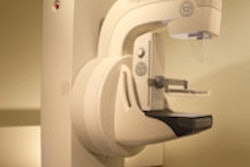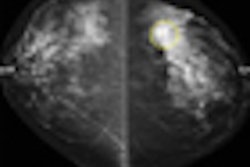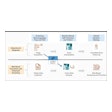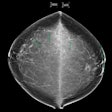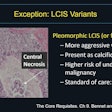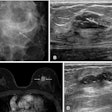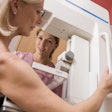At this year's RSNA conference, key presentations in women's imaging research will center on molecular imaging, elastography, tomosynthesis, and breast MRI use and interpretation, as well as the issue of how to optimize high-risk screening, according to subcommittee chair Dr. Jennifer Harvey of the University of Virginia in Charlottesville.
"Molecular imaging is going to be the big thing over the next five years, especially since we've pushed our limits as far as anatomic imaging of the breast goes," Harvey told AuntMinnie.com. "With current imaging technologies, we can see exquisite visual detail, so the next step is functional imaging, to help find cancers that don't show up in anatomic exams."
The conference's breast imaging, nuclear medicine, and molecular imaging subcommittee chairs have worked together to create a course on high-risk breast screening (Tuesday, December 1, 8:30 a.m.-12:00 p.m., VB31, Arie Crown Theater) that will cover gamma, PET, MR spectroscopy, and diffusion-weighted imaging, according to Harvey. Another course (Monday, November 30, 8:30 a.m.-12:00 p.m., VM21, Arie Crown Theater) will highlight the impact of screening and the evaluation of breast cancer risk with new technologies such as MRI and molecular imaging, Harvey said.
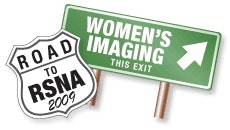
Also under discussion will be how, exactly, to help women determine whether they are high-risk -- and who, exactly, should handle this, Harvey said.
"Is it the radiologist or the gynecologist who should be communicating this to women?" she said. "There's controversy about this. But more and more it's falling to radiologists, especially since we're already asking them about their risk factors. It seems like dropping the ball not to put that data together [for the referring physician] rather than waiting for the gynecologist to figure it out."
Finally, conference attendees will have the opportunity to hear research on why breast imaging is still not considered an attractive career for radiology residents, how digitized priors reduce reading time for digital mammography exams, and whether having a mammography facility close to where you live makes a difference in breast cancer mortality rates.
Below are highlights of some of the more intriguing women's imaging papers scheduled for presentation at this year's RSNA meeting. To view the RSNA's Web site listing abstracts for this year's scientific and educational program, just click here.







